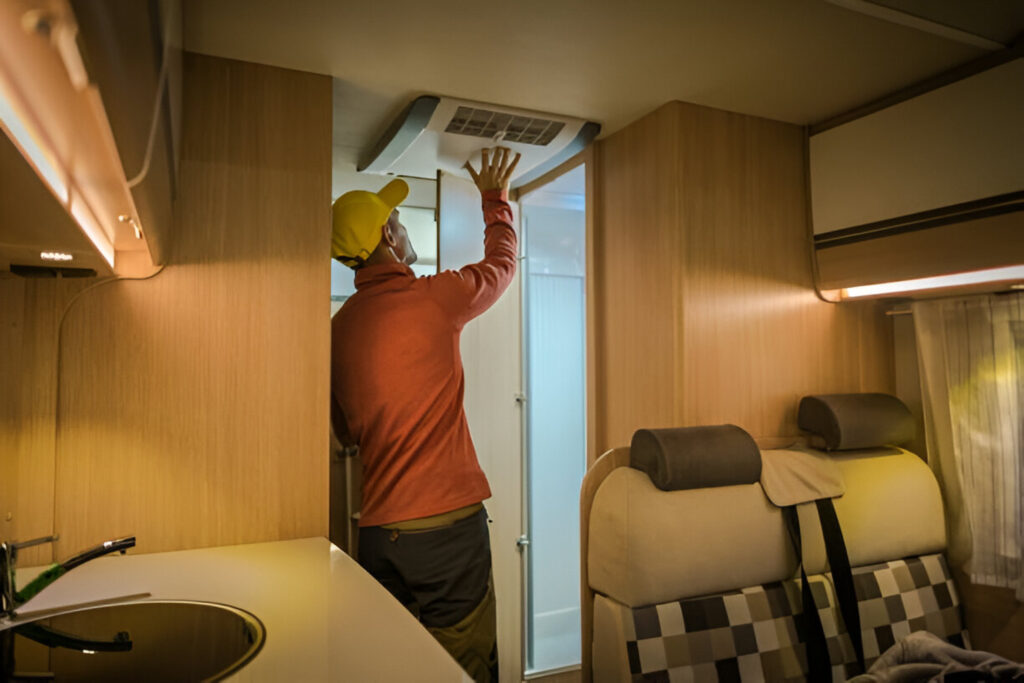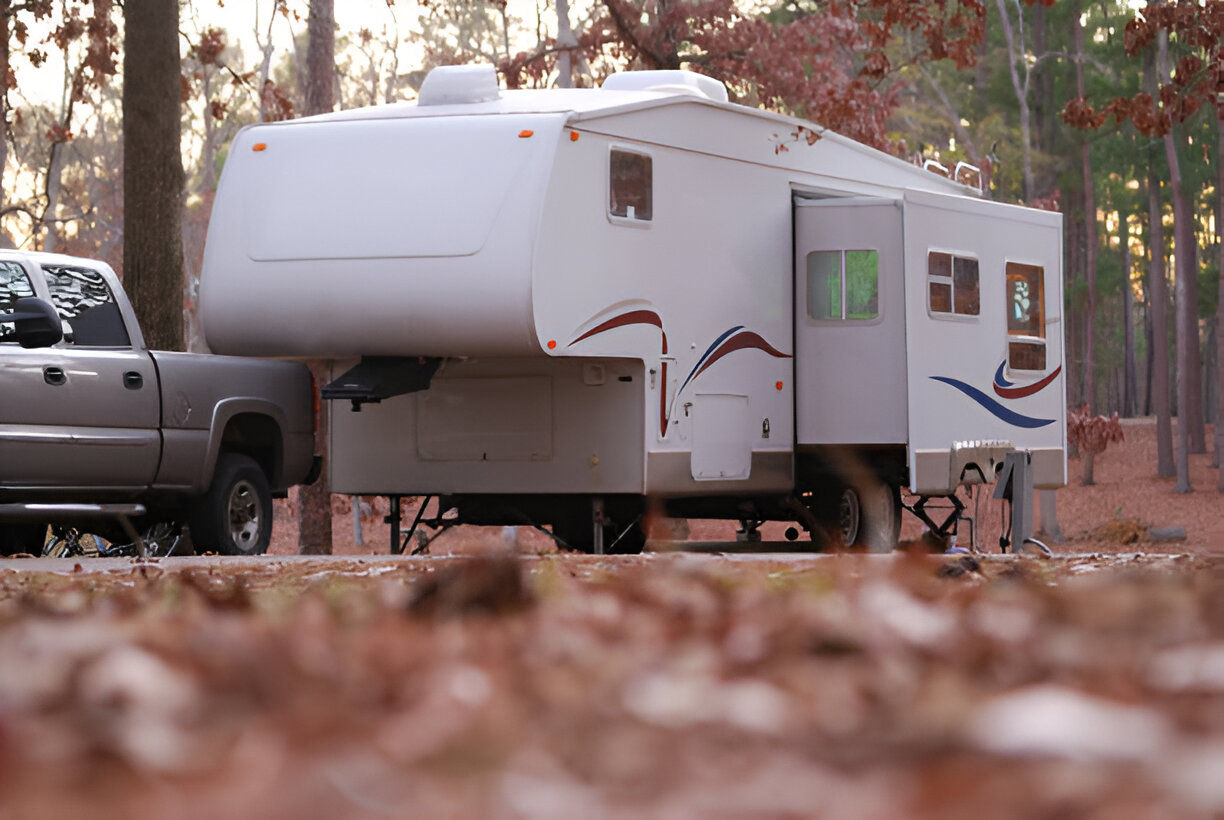Ah, the joys of RV life! The open road and cozy nights with the freedom to roam. But wait—what’s that? Is your RV furnace acting up? Do not worry! Even the best trips hit bumps. Today, we explore RV furnace problems and how to fix them. This guide will help you to understand the problems and solutions whether you are pro or fresher. Let’s get started!
Reasons Your RV Furnace Fails Misbehaving
RV furnaces are like hidden heroes. They keep you warm but need care now and then. If your RV is facing furnace problems, you’re not alone. Many RVs deal with heating hiccups. The good news? Most issues are easy to fix.
RVs have compact yet powerful furnaces. They rely on electricity, propane, and airflow. When one element falters, problems arise. But don’t panic! With patience and basic tools, you can often fix these issues.
Resolving Issues
Let’s start with troubleshooting. It’s your first step when something goes wrong. Check the basics. Is the furnace getting power? Is the thermostat set right? Sometimes, the solution is as simple as replacing a switch or changing a battery. Next, listen for odd sounds. A clicking sound might mean the igniter is struggling. A hum could point to a fan issue.
These signs suggest the furnace needs attention. If the furnace isn’t blowing warm air, check propane levels. No propane, no heat. Also, inspect vents. Blocked vents stop airflow. Clear debris to solve the issue. Another common problem is a tripped circuit breaker. If the furnace stops, check the electrical panel. A flipped breaker might be the cause. Reset it and see if things work again.
When to Call for Furnace Repair
Sometimes, repair is the best choice. If troubleshooting fails, call in the pros. A certified technician can fix complex issues like a faulty circuit board. Don’t ignore persistent issues. A small problem may grow. Regular maintenance helps prevent furnace problems. Schedule a check-up before your winter travels. Choose repair services specializing in RVs. They understand the unique needs of RV furnaces. Ask RV friends for recommendations or check online reviews.

Solving Common Heating Issues
Now, let’s tackle heating problems. One problem is uneven heat. Some parts of your RV are hot, others cold. This happens from poor airflow. Adjust vents for better heat balance. Another issue is the furnace cycling too quickly. A dirty flame sensor might cause this. Clean it with a soft cloth. If it still occurs, the thermostat might need a reset.
Does cold air blow instead of heat? Check the burner. If it doesn’t light, the igniter might be dirty or broken. Clean it or replace it if needed. Sometimes, ducts cause the problem. Leaky ducts let warm air escape. Inspect for cracks or loose connections. Seal gaps with foil tape for better efficiency.
Prevention is key! Here are some tips to keep your furnace running well:
Read: Tips to Keep Your RV Furnace Happy
Consider a carbon monoxide detector for safety. Propane burns cleanly but can release dangerous gases. Safety first!
Understanding Your RV Furnace’s Anatomy
To tackle RV furnace problems, knowing how it works helps. Most commonly, RV furnaces have three parts. These are thermostat, burner, and blower fan.
- Thermostat: The brain. It tells the furnace when to turn on/off.
- Burner: Mixes propane and air to create heat.
- Blower Fan: Pushes warm air through ducts. If it doesn’t work, no heat.
Understanding these parts makes finding problems easier. You will know where to look when things go wrong.
DIY Solutions for Common RV Furnace Issues
Feeling handy? Here are DIY fixes for common furnace problems:
- No Heat: Check the thermostat. Set it higher than the room temp. Check the propane and the circuit breaker.
- Weak Airflow: A dirty filter can restrict airflow. Clean or replace it. Check ducts for blockages.
- Unusual Sounds: Clattering or thumping might be caused by particles in the blower fan. Secure the screws and clear it out.
- Furnace Not Starting: Inspect the battery. Many RV heaters require a 12-volt battery to start.
When to Change Your RV Heater
Furnaces are not permanent. Replace your furnace if it is over 10 years old and faulty. Recent models are more effective and trustworthy. Replacing a furnace is a significant job, yet it saves you money over time. A new furnace heats better and reduces breakdowns.
Wrapping Up
That’s your guide for addressing RV furnace problems! From diagnosing to fixing, you are now equipped to manage the usual furnace problems. A bit of attention makes a significant difference. Maintain your furnace well, and it will ensure you stay warm during your journeys. Next time your RV furnace acts up, don’t stress. Grab your tools, follow these tips, and enjoy the journey. The road is calling—no time for cold feet! We are here to keep your furnace running smoothly so you can focus on planning the next tour. Contact us today to schedule a service! Happy travels, and may your RV furnace stay in great shape!


